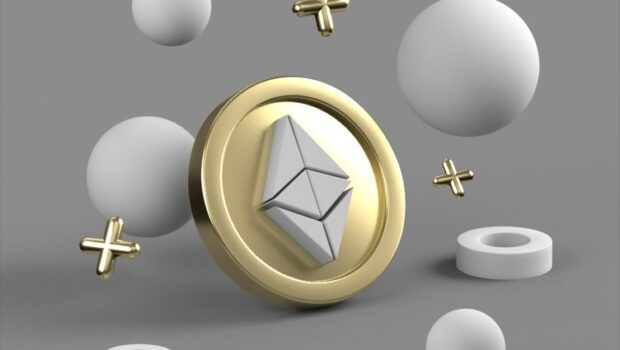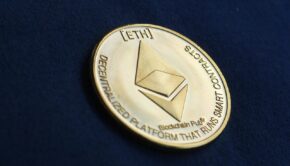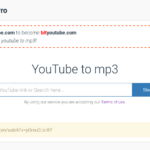You can be a part of the Ethereum 2.0 upgrade before it launches. Here’s how.
Ethereum developers have given a call to cryptocurrency traders and enthusiasts to come test out the Ethereum 2.0 progress as the mainnet is set to merge with the recently built beacon chain. It is no new crypto news that Ethereum is on the verge of changing from a proof-of-work consensus to a proof-of-stake consensus. This is part of the developmental processes made by the second-largest cryptocurrency by market cap to wade off competitors and get more widespread adoption due to its energy conservation. It is believed that the proof-of-stake Ethereum is migrating to is over 98% cleaner than the proof-of-work, and it is expected that the migration work that started as far back as 2020 will be completed in 2022.
In every proof-of-stake network, the need for locked funds cannot be overemphasized; the launch will mean Ethereum will do away with the current validation methods for confirming blocks and will switch to using validators to keep the integrity of the network as they validate blocks. Ethereum recently called for validators at the completion of the beacon chain, and currently, the figures are a little short of 280,000 validators. This is not strange seeing the wide reach of the network and the meager 32 ETH locked value needed before one can be a part of the validators when the network launches fully. The Ethereum 2.0 will include a blockchain explorer used to keep tabs of all transactions, the exchanges, tokens, dates, prices, and much other relevant information on the Ethereum protocol.

Issues with Ethereum blockchain
Although Ethereum has been the foundation for smart contracts, a trustless means of trading digital currencies, it has not stayed aloof from many problems plaguing the blockchain. The increase in popularity of many Ethereum-based perks has made the network flooded with investors, hence causing several network congestion. The effect of this is seen on the transaction speed, as validators prefer approving transactions with higher fees.
The other effect of the network congestion is that the computational power required for approving transactions has increased. This has brought it under the same criticism faced by bitcoin. The electricity demand of the protocol is on a high, and it is nowhere near the most environmentally-friendly protocol.
These issues have brought the Ethereum 2.0 project to the limelight, and despite its dragging timelines due to technical issues and bugs, it seems 2022 has been agreed upon as a general consensus for the launch of the project. Bitcoin supporters will argue that the proof-of-stake consensus is not in the best interests of any blockchain as it skews the validation process and gives the biggest validators more power, increasing the risks of a 51% attack or the double-spending attack. The Ethereum supporters claim enough measures have been put in place to ensure no one person gets access to 51% of the hashrate. It seems like a never-ending argument with neither side dealing the other a fatal blow. Despite this, the Ethereum 2.0 is still going according to plan, and calls are being made for users to test the current progress of the upgrade. More details on the Ethereum 2.0 can be found on redot.com/eth2/
Testing the merge
The next step in the move to the Ethereum 2.0 will be done by Ethereum users. Ethereum developers are giving users, both skilled and unskilled public developers, the privilege of testing the merge between Ethereum’s main chain and the beacon chain, which is its route to the proof-of-stake (PoS) network.to get things started, every person involved will be divided into three groups based on their knowledge of, and their involvement with, blockchain development projects. The first group would be the newbies or novices. Their tasks are relatively simple, and they range from sending transactions to reporting failed ones. The second categories are those with some Intermediary-level knowledge. They will only perform tasks like running validator nodes, writing smart contracts, and deploying these contracts. For the highly skilled developers, they will do techy jobs like reviewing each feature and specification and voting on valid and invalid blocks,
Conclusion
Even though the London fork signaled the true intentions of Ethereum to be a proof-of-stake consensus, its success in this new domain is still largely dependent on many extra factors such as the scalability of the layer-2 protocols on it. The fork is still not certain to reduce the transaction fees to the barest minimum point like its competitors. Still, it signals the start of new development, and perhaps we will see the interoperability between layer-1 blockchains, which would strengthen the cryptocurrency space, being put in place. Ethereum’s public appeal is one we cannot criticize, as it shows Ethereum’s recognition of its strong community and the disparity between the knowledge base of its community.
As seen on the Ethereum-2 page on the Ethereum website, the merge with the beacon chain is expected to be fully completed in the first half of 2022. The second half of the new year will be spent on upgrading the shard chains on the new protocol, hence making Ethereum more decentralized and faster. This would, in turn, reduce the gas fees.
















